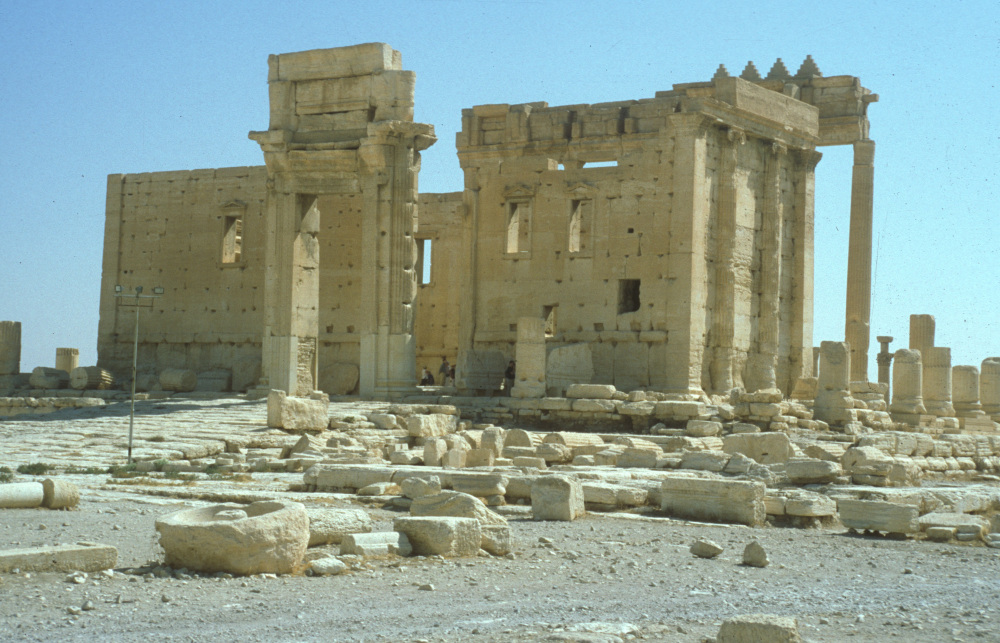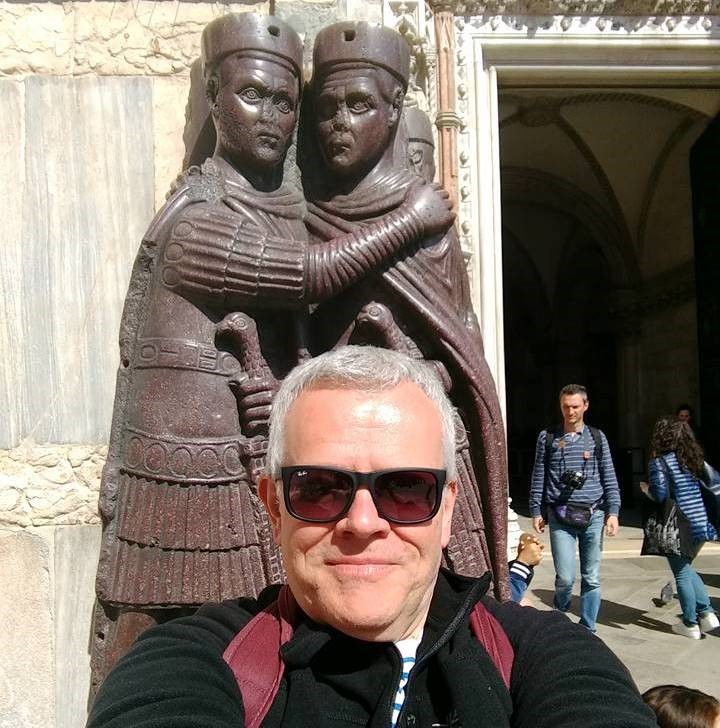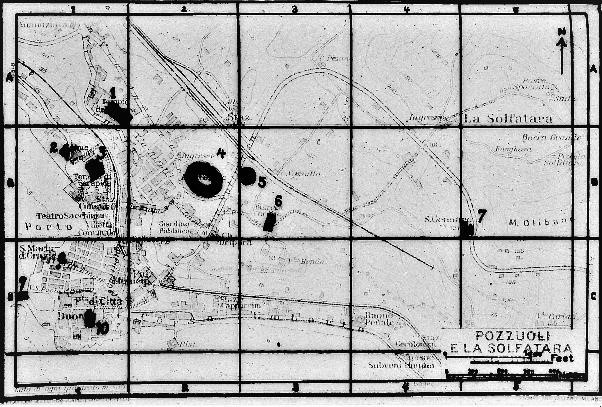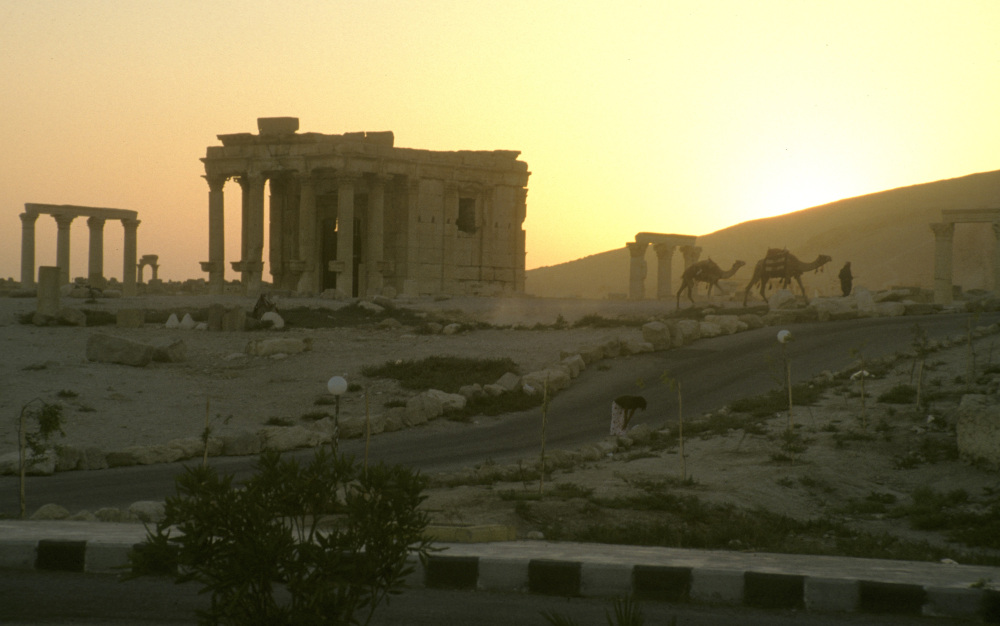This project draws on our knowledge of the past (both distant and recent) to contribute to the protection of cultural heritage in modern conflict zones.
In particular, I draw on my historical research into destruction, damage and protection of cultural heritage in the Second World War (including the activities of the MFAA ‘Monuments Men’) to produce case studies and lessons that can be used in the formulation of modern cultural property protection (CPP) policies and practice. As examples of my research:
Bombing Pompeii: World Heritage and Military Necessity (in press, University of Michigan Press, 2020)
In this monograph, based largely on archival documents from the Second World War, I examine the accidental 1943 Allied bombing of the archaeological site of Pompeii and the subsequent British military requisition of the National Museum in Naples as case studies of military cultural property protection. I analyse them in the contexts of military activity, the development of international law from the 1907 Hague Convention to the present day, and the evolution of Allied CPP structures and practice in the Second World War.
‘Refuges for Movable Cultural Property in Wartime: Lessons for Contemporary Practice from Second World War Italy,’ International Journal of Heritage Studies, October 2019, DOI: 10.1080/13527258.2019.1678052.
In this journal article, I examine the little-used ‘Special Protection’ provision in the 1954 Hague Convention for publicised and internationally controlled refuges for movable cultural property (works of art and similar). I present the damage and risks to secret refuges in Italy in the Second World War to demonstrate the advantages of the post-war ‘Special Protection’ regime and to advocate greater provision of ‘Hague-type’ refuges.
Funding for the project to date includes a British Academy/Leverhulme Small Research Grant (2018-2020) ‘Protecting and Reconstituting Museums in Times of Conflict. An Historical Case Study in Cultural Property Protection from Wartime Naples’ that supported aspects of the research for the publications above; and also Engineering and Physical Sciences Research Council funding for a pilot GIS database of historical CPP data.
These historical case studies reflect problems, concerns and approaches to CPP that are still very relevant, and so I present them to audiences comprising UK and international military personnel, heritage professionals and governmental and NGO representatives. For example, I provided a briefing on my work for the first training course for the newly-established UK Armed Forces Cultural Protection Unit at Southwick House near Portsmouth in October 2019, I have presented to military and mixed (military/academic/heritage) audiences on a number of occasions at the Defence Academy of the UK at Shrivenham, and my research on CPP in wartime Naples was recently presented to senior NATO commanders in Naples itself. In 2018 I presented on ‘Refuges for Movable Cultural Property in Wartime: Lessons for Contemporary Practice from Second World War Italy' in a heritage sector workshop Planning for the Unthinkable: Protecting the National Heritage Sector at The Victoria & Albert Museum in London.
I am a member of UK Blue Shield (the national committee of the Blue Shield organisation, sometimes described as the ‘Red Cross for cultural property), which successfully lobbied for UK ratification of the 1954 Hague Convention for the Protection of Cultural Property in the Event of Armed Conflict.
I also draw on my past experience as an archaeologist working in Syria, Egypt, Tunisia, Italy and the UK. For example, I have contributed to ‘no-strike’ lists of cultural sites in Syria to reduce the risk of damage by combatants there.
My blog site endangeredsyriaheritage.wordpress.com includes pre-conflict images of heritage sites in Syria such as Palmyra and Dura-Europos.




